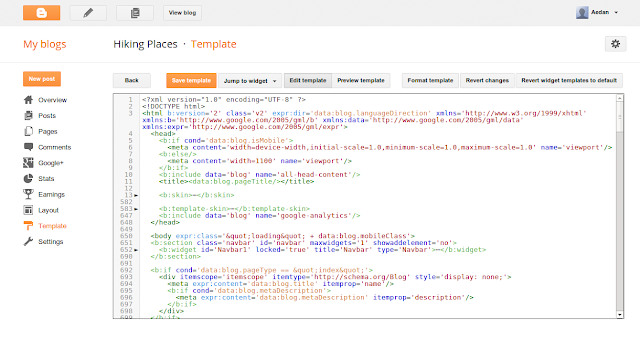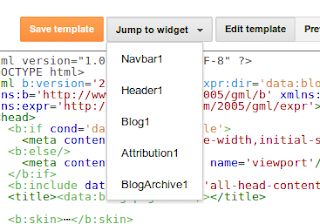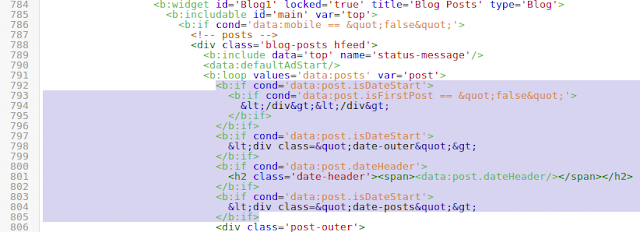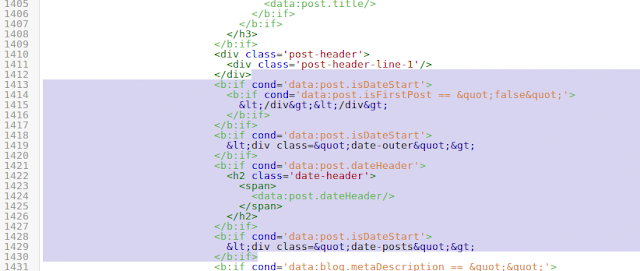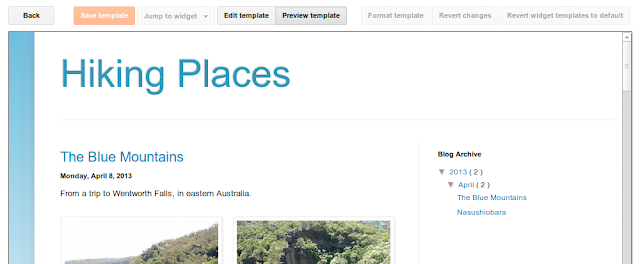Search is often the first place we turn when something unexpected or unusual happens. This week is no exception, as people looked for news on a celebrity smackdown, an interspecies showdown and everything in between.
When the news is news
A newsroom shuffle at the New York Times put the Grey Lady at the top of headlines around the country. Wednesday, it was announced that Jill Abramson, who served as executive editor since 2011 and was the first woman in that position, would be replaced by Dean Baquet (himself a “first”—no African-American has held the job before now). Searchers scrambled to find information on the story behind the story.
The Finals countdown

Basketball continues to be in the search spotlight as the NBA Finals approach. After a crazy, up-and-down, roller-coaster first round, the second round went more according to plan. Now we’re rewarded with matchups of the top two seeds in each conference finals, leading people to do some searching for the Spurs, Thunder, Heat and Pacers. While those teams are preparing for their next opponent, some teams are already making changes to prepare for next year; the Golden State Warriors announced a new coach, Steve Kerr, a former player with five championships under his belt. Searchers looked for information on [steve kerr rings] and [steve kerr bulls] (he won three of those rings in Chicago), as well as [steve kerr knicks]—rumor has it that Kerr turned down an offer to coach that team.
What a wonderful web
Legions of loyal cat people felt vindicated this week when a video of a family’s “hero cat” saving a four-year-old boy from a dog attack went viral. Not only were there hundreds of thousands of searches for [cat saves boy from dog], but the video now has more than 9 million views on YouTube. I personally vouch that it’s worth your time.
In other viral news, Macaulay Culkin was photographed wearing a T-shirt showing my own favorite famous person Ryan Gosling wearing a T-shirt of Macaulay Culkin back in his “Home Alone” days. People rushed to the web to see the photos, as well as create their own recursive images. As the A.V. Club says: great job, Internet!
Bey it ain’t so

An elevator surveillance video released by TMZ and showing Solange Knowles in a physical altercation with brother-in-law Jay-Z inspired a frenzy of speculation and search activity—and you could say it added one more problem to Jay’s list. Monday’s top trending topic—with more than 5 million searches!—was [tmz], and searches for terms like [solange attacks jay], [jay z fight] and [solange fight] were through the roof. Call it a testament to Bey and Jay’s status as celebrity royalty.








